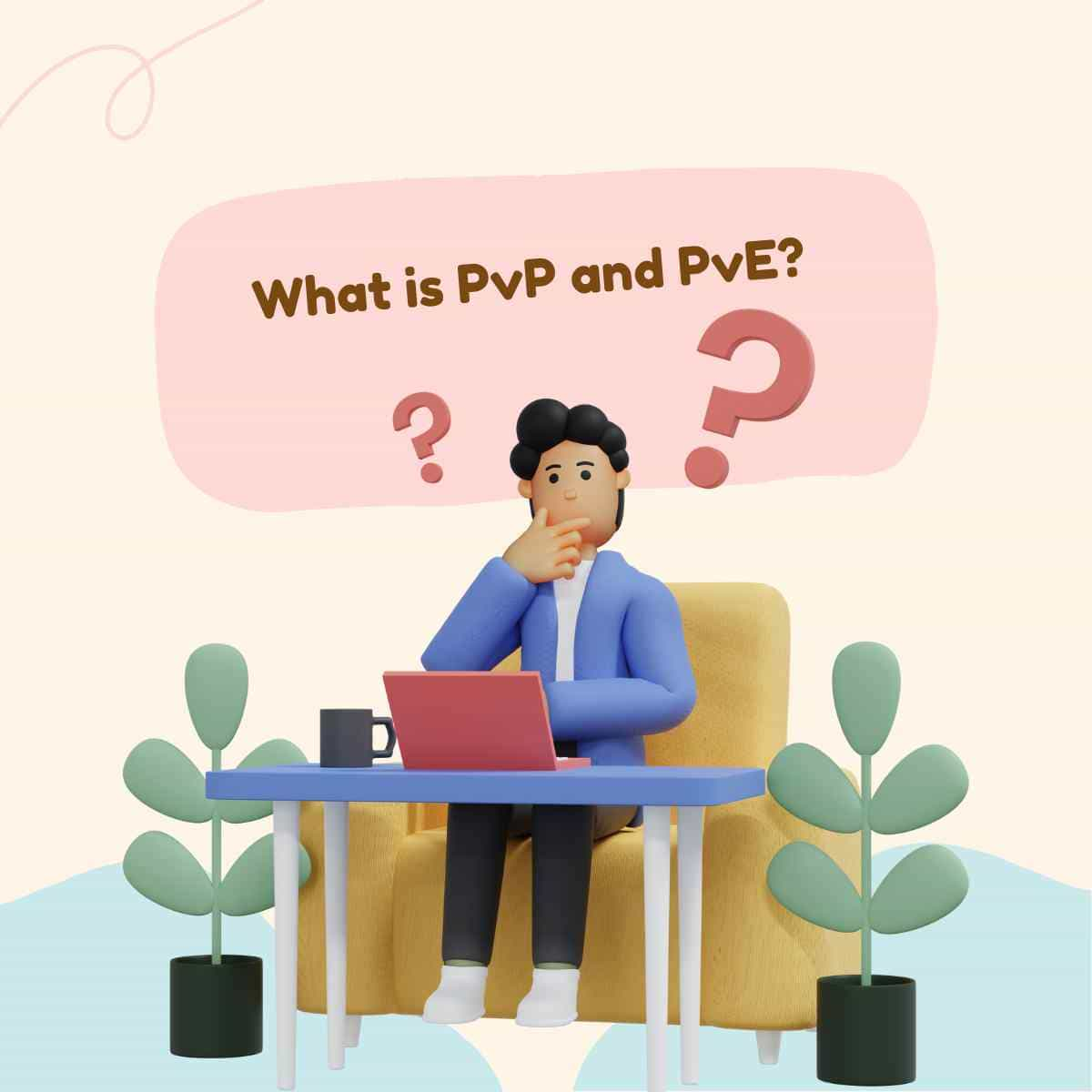Study how the social media audit is like testing a brand’s campaign reports for fitness and wellbeing. Here are 11 social media audit steps for conducting successful social media audit.
A social media audit refers to a social and well-being marketing check.
It is a chance to quickly and effectively review your social media activities’ vitality, DNA, distribution, deficiencies, and level of engagement.
Auditing your social media content performance and results offer insights into how your company’s scale, weight, scope, and effect are compared.
This is how a 12-step social media audit will be done effectively.
Contents
1. Timeline
Conduct an audit of your brand at least two times a year instead of waiting until a possible problem-or the findings are detected.
An audit of the social media will provide a strong and reliable social media strategy update.
2. PR, SEO, and PPC are also included.
The dehydration and lack of healthy nutrients contribute to the social media marketing campaign living behind closed doors in the social media marketing space.
The social media strategy would have depth, optimization, and critical content added in public relations, search, and PPC.
Combining a messaging strategy creates a sense of harmony and brings continuity of business objectives to social media strategy.
3. Scale of Evaluation
For long-term sustainability and efficacy, it is important to provide a social media audit framework and technique.
If it is your own procedure using Excel, a third-party prototype or a website such as Sprout Social, the science behind historical comparisons includes simple methods.
4. Evaluation of website & blog
Check the related website and blog pages for influences in social media, including:
- Engagement (Share, Likes, Comments)
- Descriptions and Title (Meta Tags)
- Fonts (Form, Shape, Formatting)
- Keywords (Topic, Key phrase)
- Visuals (Images, Creatives)
- Quality of content (No of words, Readability)
Please ask questions
- Is it possible to share your blog posts?
- Is the share meaningful for your titles and descriptions?
- What are the visuals? Are they dull or communicated?
- What is the most popular content?
- What is Google Analytics’ most popular social media network?
- Does your home page contain chatbots?
5. Review of social media channels
You want to review each channel and this checklist here:
- Optimizing page/profile.
- Using the photo cover and profile.
- Digital properties, Visual assets.
- Optimizing Video (i.e. featured video, etc.).
- Timing and frequency.
- Mix/types of content.
- Comment feeling and time for answers.
- Live use of video.
- Loyalty, Commitment.
- Branding, Visual Identity
- Optimization.
- Usage and approach of chatbots and messengers.
6. Social Network Competitive Analysis
Always study the social media networks of your brand for at least two rivals or brands like yours.
Build a table and write down the following:
- Publish patterns in contrast with rivals.
- Creative.
- Frequency.
- Type of content.
- Honesty (Followers. Fans)
- Loyalty, Commitment.
7. Messaging and optimization review Application Type
This is a way to see how the content relates to the effects on social media. Look at the overall brand and content theme.
- Is it robot and casual for your content, or is it human and conversational?
- Does your content show or are you overdoing a strategic content calendar?
- Do you use hashtags to optimize your scope effectively?
- Does the social team consider trends?
Look at a social network as a search engine for yourself.
8. Distribution and Assessment of Social Media
“I created awesome social media content! Brand to myself! The only concern is that exposure, scope or outcomes are not obtained.”
Test the content platforms to make sure the audience gets in sync with the channels.
Consider more distributions, for example:
- Releases from the press/media.
- Medium
- Posts of the guest.
- Events.
- Tradeshows.
9. Audit of video and graphic content
The visual theme mix of social media today contains all:
- Live stream video.
- Video vertical.
- Place images.
- Stories, Narratives.
- GIFs (Animated Arts)
- Memes. Memes. Memes.
- Infographics (Informative creatives)
- AR
- Image text overlay.
Analyze the latest developments in social media on what works and trends compared to the use of graphics for the brand.
Behind the times, are you? Do you use popular patterns in recent years?
Now is the time for visual lifts to catch up with what you plan and engage the audience.
Search the patterns and use this checklist to compare the images:
- Content: Types
- Optimizing (i.e., alt tags, titles, descriptions, language)
- Visuals web/blog
- Social socialization
- Stories, Tales, Fairytales.
- VR/AR
10. Search Deep & Detailed Reporting
You have to be real when it comes to social media auditing. Social media are filled with “fuzzy” metrics, often generally considered vanity metrics like liking and commenting. These forms of metrics don’t give us many useful observations.
Any real buy from a social media post is one of the easiest ways to track:
Using UTM codes for shorter connections to your social media messages
In Google Analytics or SEMrush, trace the referral source.
Build a special promotional code you post on a social media network.
11. Enable Third Party Source
Include reviewing or enabling a social media audit by a third party outside source.
This unbiased experience will unlock new insights and solutions when finding challenges and stopping your own squad.
Final Comments
Get on the scale, see the value of your brand.
Maintaining social media ads in a stable state brings the most retention and exposure to the audience.
Two times a year, brands have a strategic edge, with no Fitbit needed. Take social media control.



